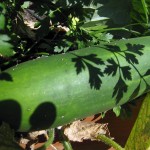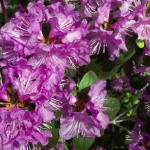Time to prune roses in Seattle
February 21, 2010 @ 12:01 pm
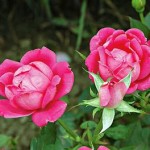 You know it’s time to prune your roses when forsythia in the neighborhood start to burst with yellow flowers. That’s happening right now around Seattle. Late winter/early spring is the optimum time to prune because new buds are easy to spot.
You know it’s time to prune your roses when forsythia in the neighborhood start to burst with yellow flowers. That’s happening right now around Seattle. Late winter/early spring is the optimum time to prune because new buds are easy to spot.
There are many reasons to prune roses, including keeping the size and shape in check, removing diseased canes and producing the best blooms. Pruning also keeps roses healthy by allowing more light and air to flow to the plant and stimulate growth.
1. Start by removing all dead, diseased and damaged branches on the plant. You’ll know it when you see it, but typically they’re black, blown, and discolored. Prune sections about 1/4 inch above an outward-facing bud. Prune down the cane until the pith (the substance inside the plant) is cream colored. Sometimes this may mean removing the entire cane.
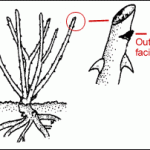 2. Prune out weak or spindly canes (typically smaller than a pencil in diameter), suckers and canes that cross or rub others. Each year, you can also remove the oldest cane down to the crown (regardless of its health) to encourage new cane growth.
2. Prune out weak or spindly canes (typically smaller than a pencil in diameter), suckers and canes that cross or rub others. Each year, you can also remove the oldest cane down to the crown (regardless of its health) to encourage new cane growth.
3. Trim the remaining canes, pruning out no more than half of the original cane height to give it a nice overall shape.
For more detailed information on pruning hybrid tea roses (which most of us have), check out PlantAmnesty’s Web site. The Seattle Roses Society also has this simple guide to pruning roses.
Contact Ecoyards if you’d like to setup garden maintenance services for your property.
Filed under Seattle Landscape Maintenance Permalink · No Comments »
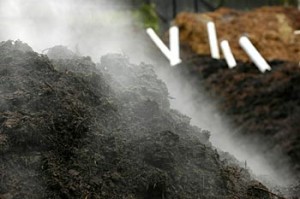 In March, we wrote that the
In March, we wrote that the 
